Personal computer "Electronics MK-85"
I greet the distinguished audience of Hiktaims and congratulate everyone on the upcoming New Year!
This post I want to start with a small disclaimer. More precisely, even with two.
')
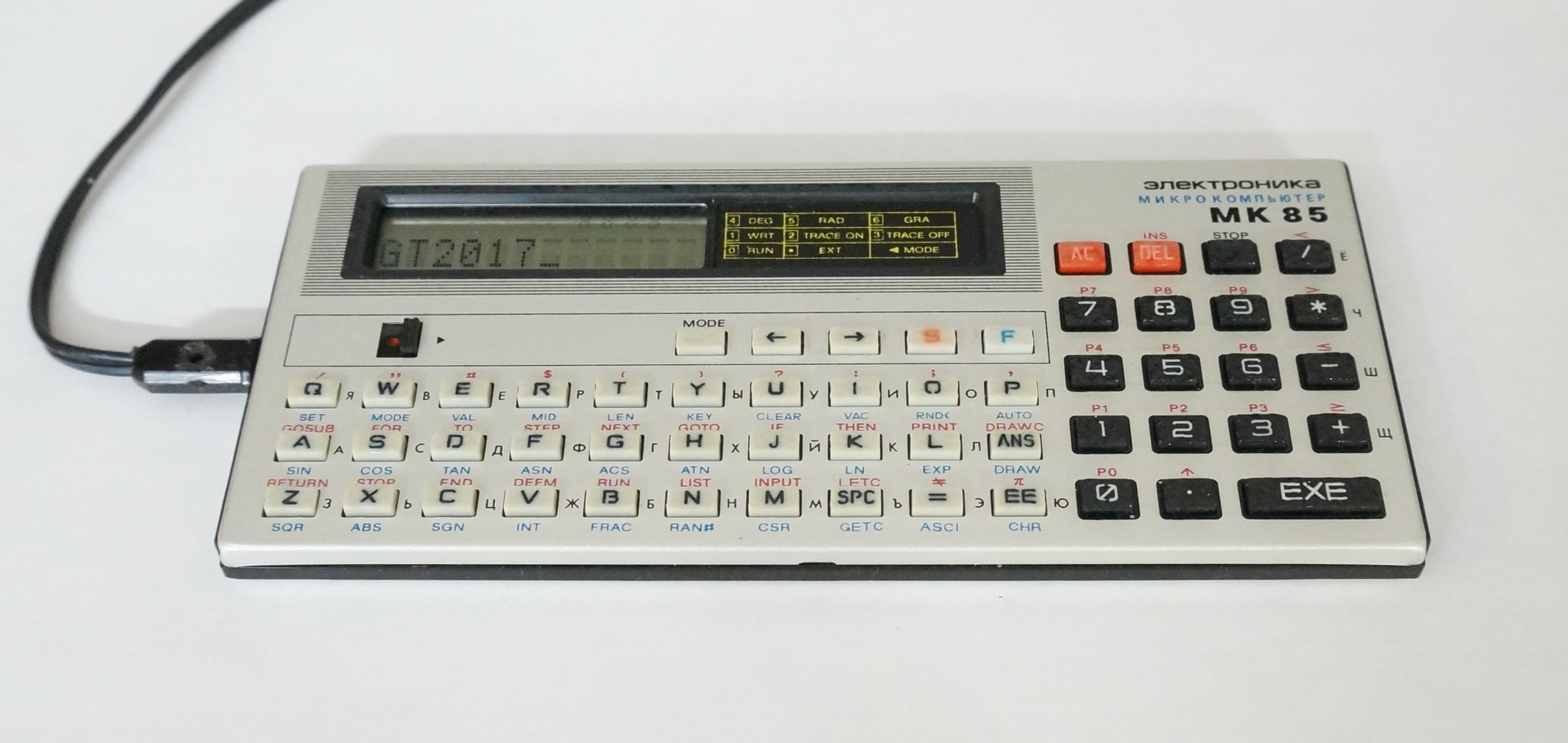
So, let's begin.
Microcomputer "Electronics MK85". Developed in Zelenograd, it began to be produced in 1986. According to information from Wikipedia, several modifications were released, and their release lasted until 2000 (to be honest, I did not see it on sale in this period, however, I was not specifically interested).
In fact, this is a programmable calculator with the possibility of writing programs in BASIC. Externally, it is almost copied from the Casio FX700P, but it is not its clone, internally it is a completely different device. Externally, ours is not worse than the Japanese, but Casio still had a lot of peripherals, a printer and other devices, while the MK85 did not have them, alas.

Back view. "Free retail price", December 1991.
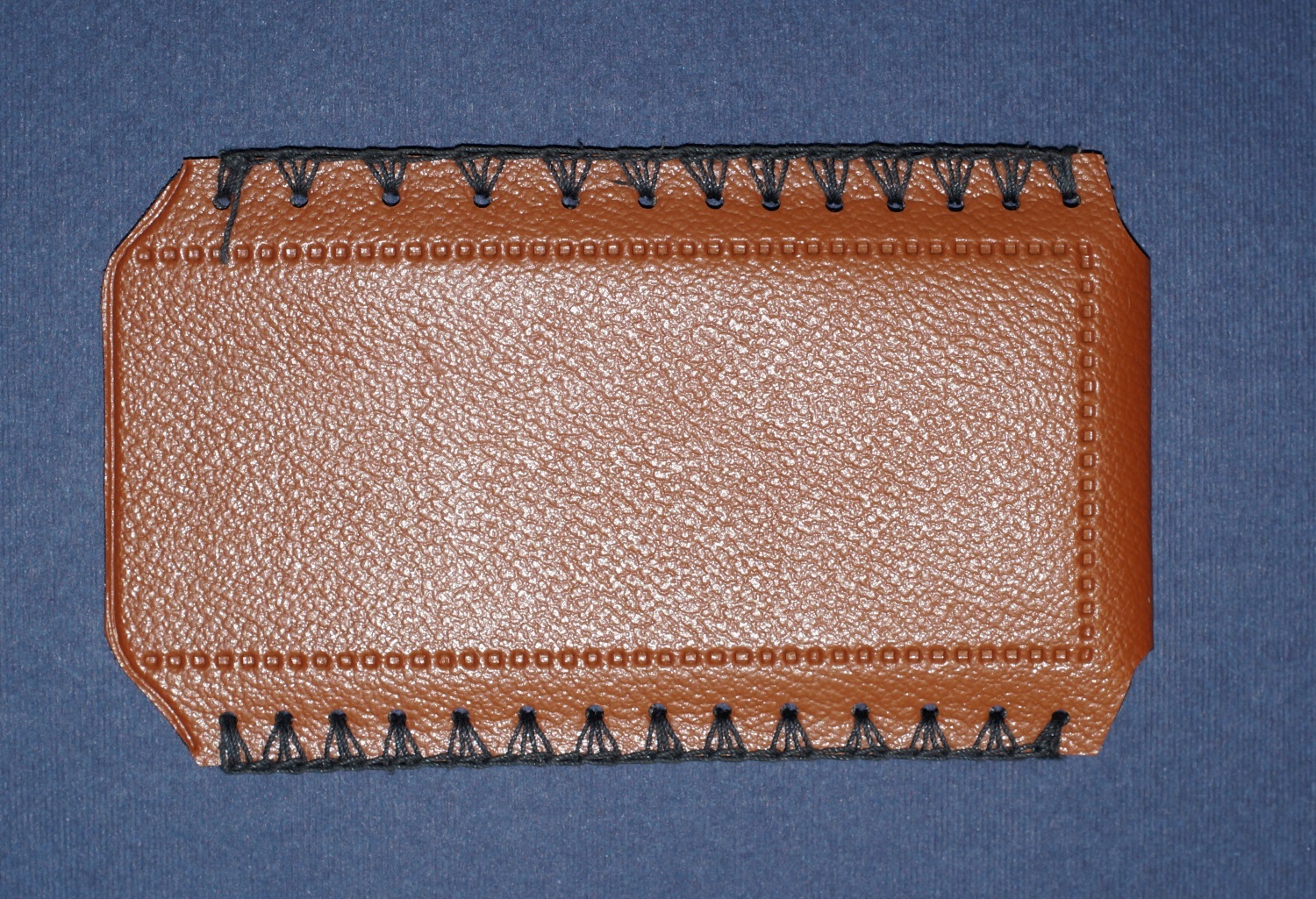
Wonderful case.
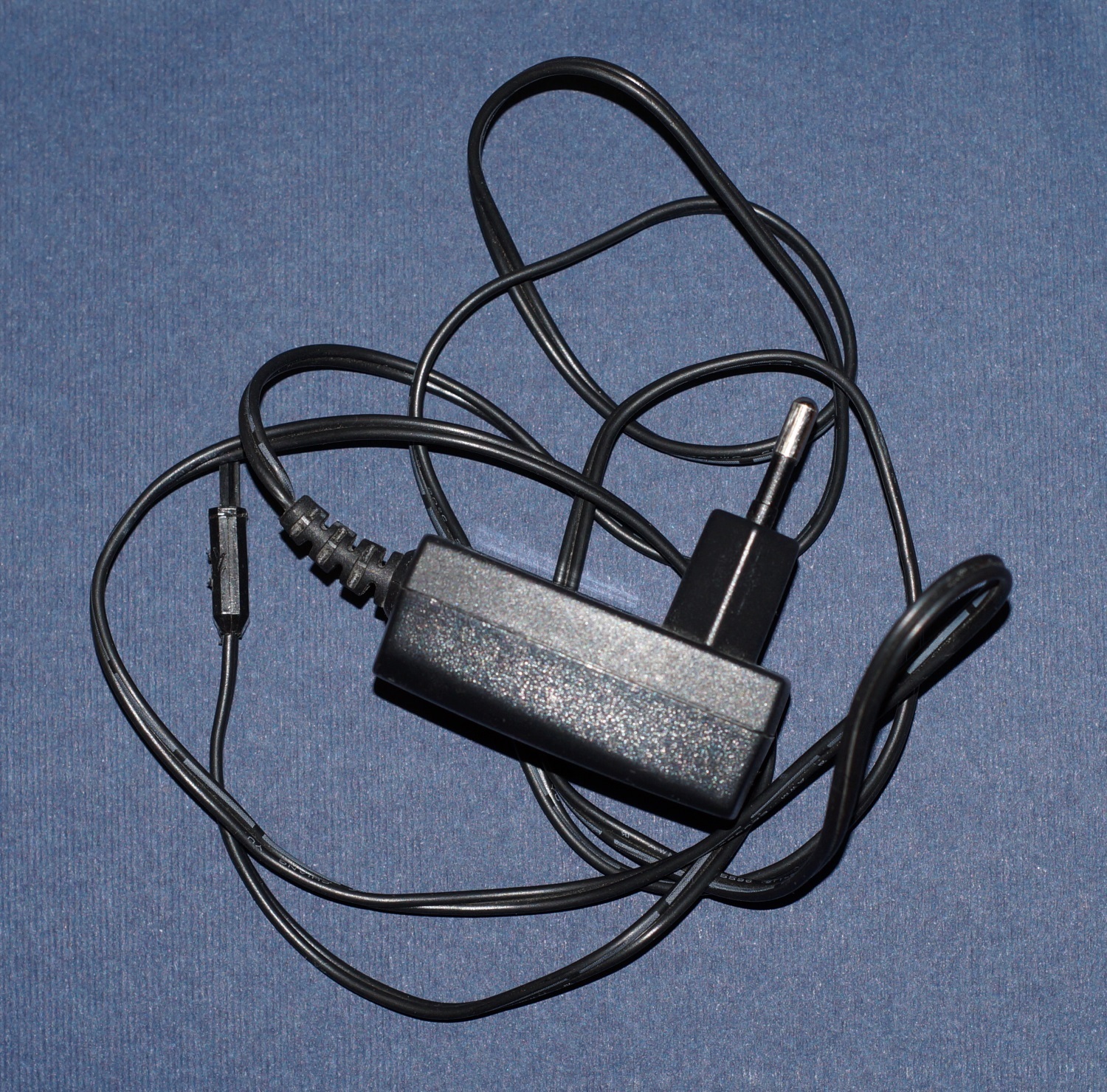
The charger, alas, is non-native. Native only connector.

Also the seller presented this book. Frankly, until I read.
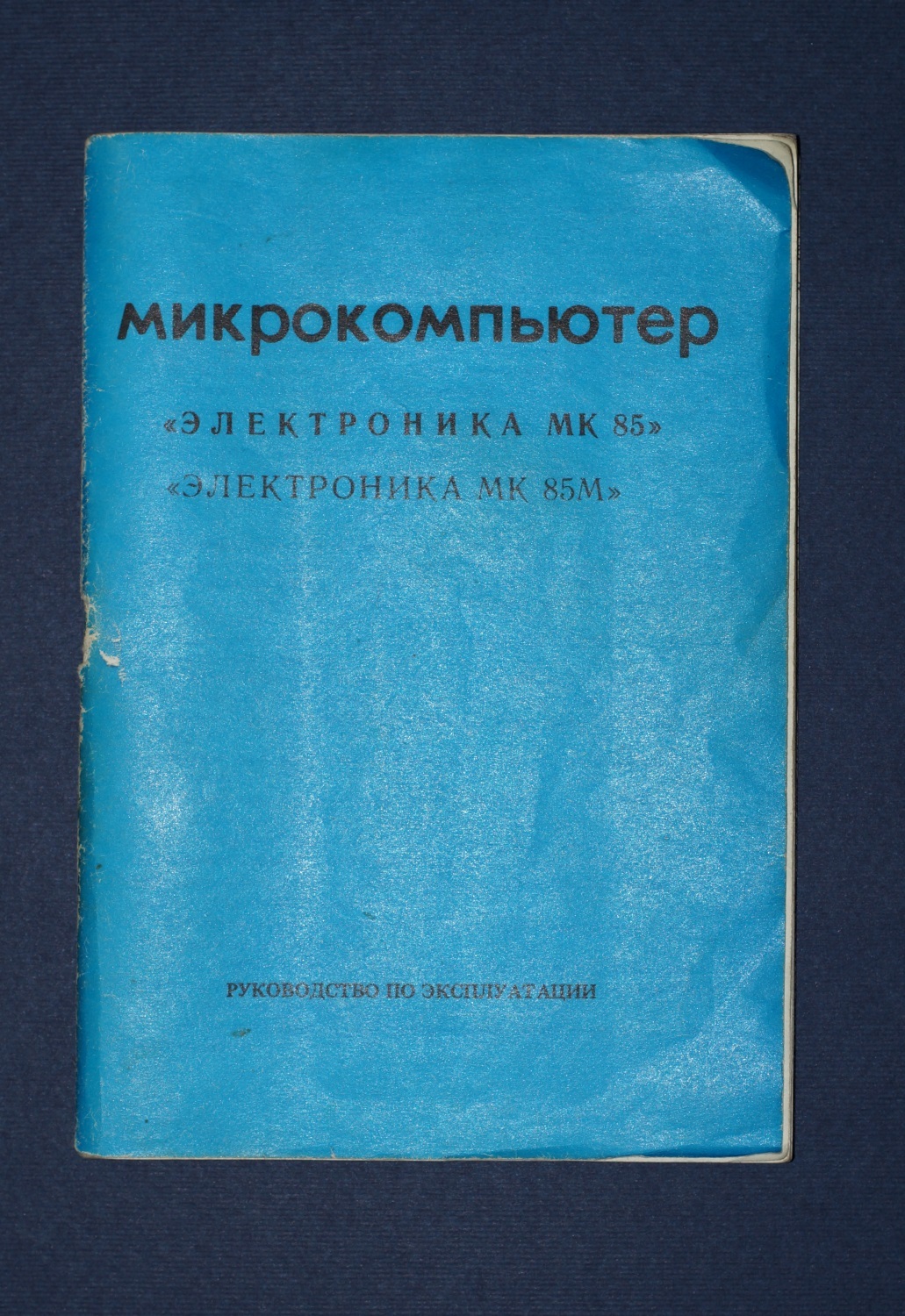
The instruction itself is very detailed.
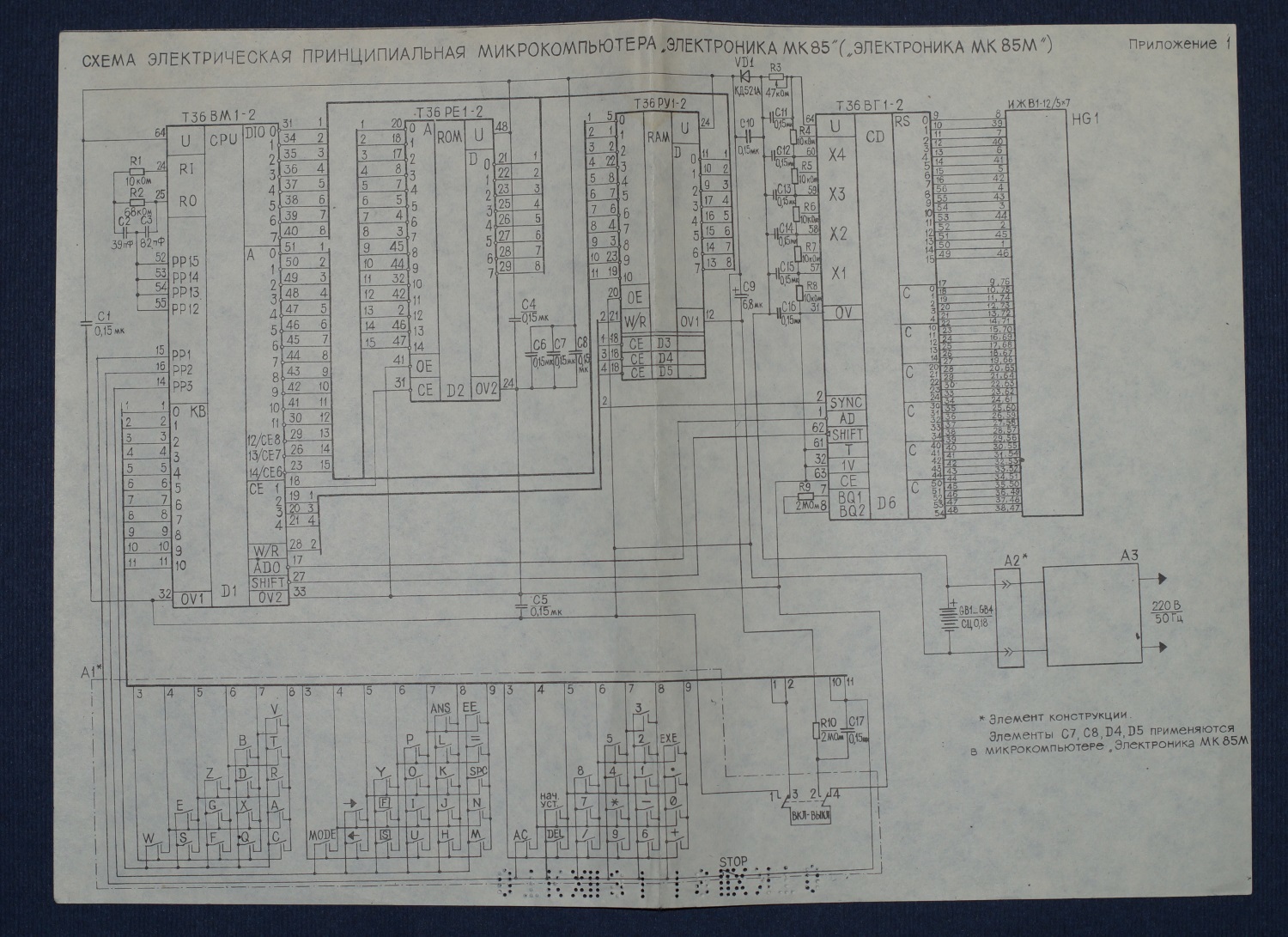
And the circuit device. From the interesting it can be noted strange three-prong buttons. This is done to save GPIO ports. According to the traditional scheme on 10 pins, it would be possible to connect 5 * 5 = 25 buttons, and with three contacts it turned out to connect 54 buttons and one switch, and even more buttons could be connected.
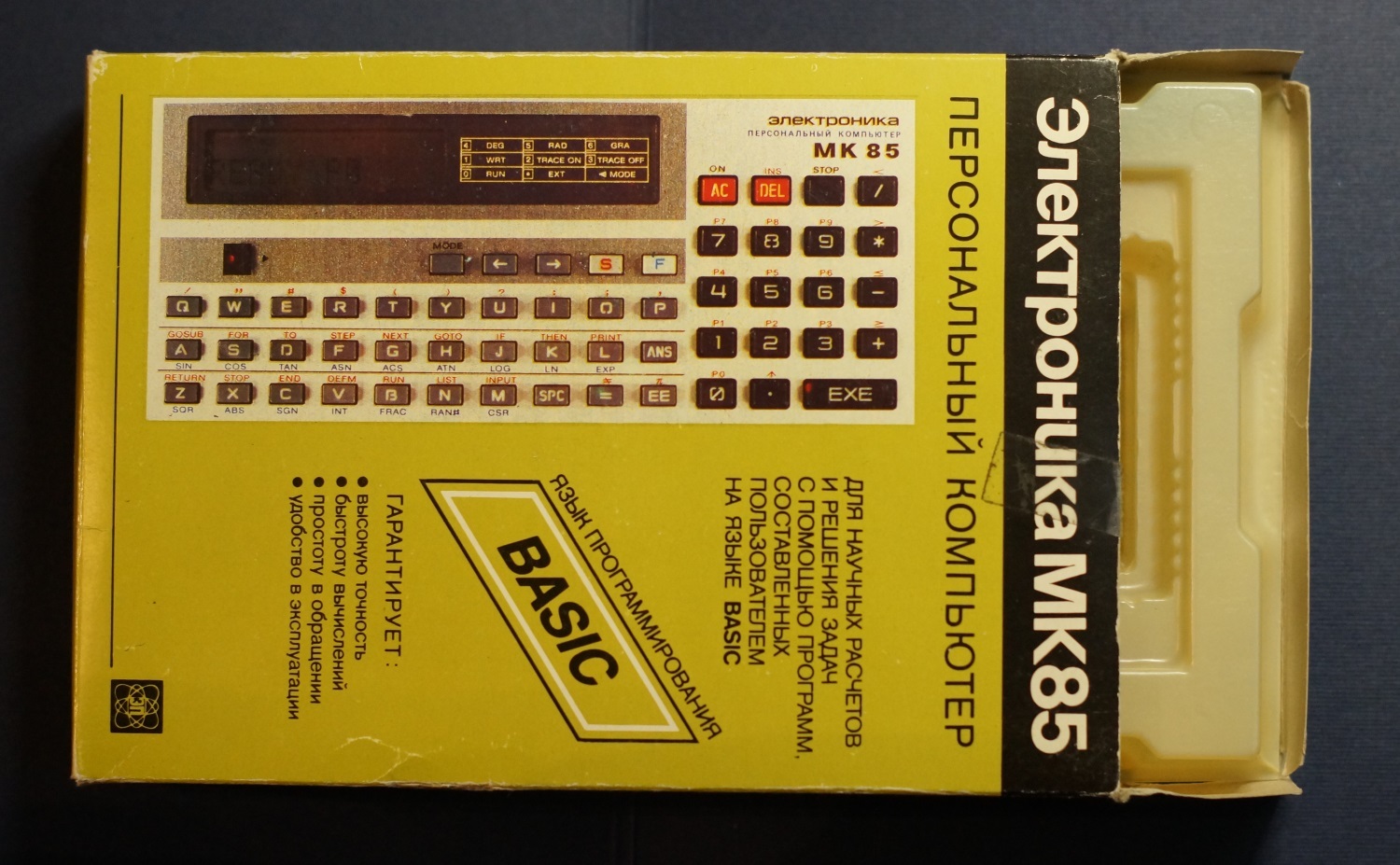
And finally, a box.
So, let's take a closer look at the rich inner world of MK85. The factory seal has already been torn off, so boldly unscrew the screws. The batteries are in a special compartment, closed with a metal lid. The design is designed so that when a battery leaks, the liquid does not hit the board. Batteries, of course, leaked, I took them out and wiped the compartments with alcohol.

The batteries, by the way, were Japanese. Interestingly, they were originally or they were changed by the previous owner?
Let's take a closer look at the board:

The case of a fancy shape with cutouts for chips. Yes, these microcircuits are much higher than the current ones, and have a pitch of 1.25 mm. If those engineers saw a modern microcircuit with a 0.5 mm pitch, or even better BGA, they would be very surprised, probably (And when they would have known how much memory a modern microcircuit would have believed at all). Two free places, it is under the RAM chips (T36RU1-2). There is now, of course, do not get it. These two additional chips are designed for the model "Electronics MK85M", and I just MK85.
In any case, there is no spare, so I screwed the lid on, plugged in the power supply and turned on the device. It does not turn on very well, probably, all contacts are oxidized. But I didn’t take it any further.
OK, now you can enter something. The instruction suggests to enter the word TEST and click EXE. This starts the testing program. Testing lasts a few minutes, while at first there is nothing on the screen, then the segments begin to flash.
Now a little about sad things. My copy is defective. The seller honestly warned me about this, and the device itself was cheap because of this. Part of the segments on the indicator does not work, the bar on the right side of the screen is in the middle.

It should read READY P0. So it goes.
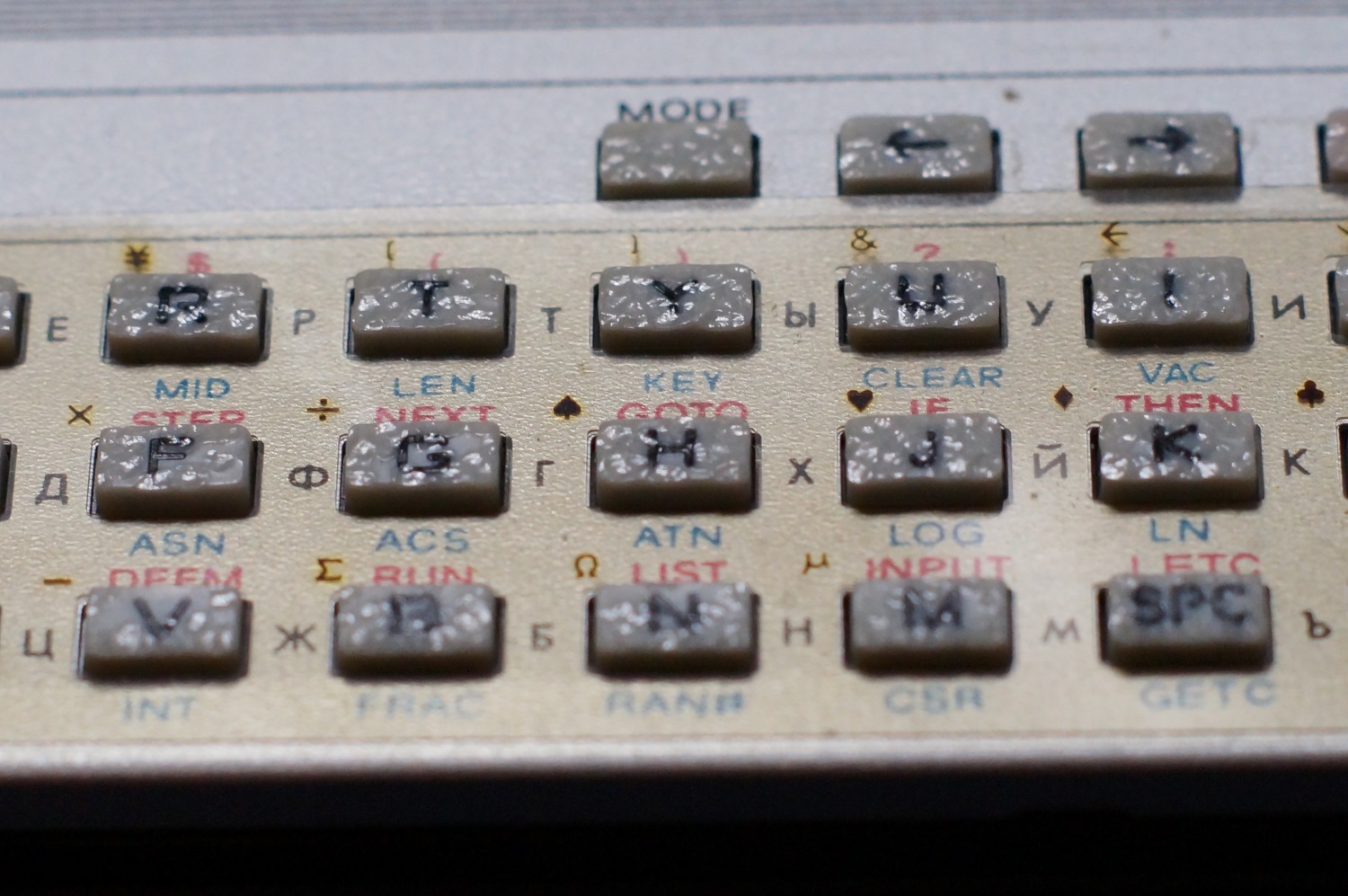
The surface of the buttons is uneven. Alas, this is the result of a long lying cars in the case.
Of course, readers will surely ask me: what about programming? Did the author not try to write any program on this miracle?
Alas me, alas. Once I started with BASIC, and many years ago such a toy would delight me. But that was many years ago, and you cannot enter the same river twice. Let the BASIC remain in the past, and this marvelous microcomputer remain as a reminder of long forgotten times.
That's all, in general. Happy New Year again!
This post I want to start with a small disclaimer. More precisely, even with two.
Disclaimers
1. On Habrahabr there were already mentions of modifications of this computer: one and two times . The first post dealt with the MK-85S (crypto) and MK-85B (banking) modifications with built-in cryptography functions. These modifications are currently represented by very rare collection items. In my post we are talking about the usual "Electronics MK-85".
2. I published some of the information in the post in my LiveJournal, however (since Giktaimes is not the center of the world crosspostinta), I prepared specially for you, dear readers, an expanded and updated material.
2. I published some of the information in the post in my LiveJournal, however (since Giktaimes is not the center of the world crosspostinta), I prepared specially for you, dear readers, an expanded and updated material.
')

So, let's begin.
Microcomputer "Electronics MK85". Developed in Zelenograd, it began to be produced in 1986. According to information from Wikipedia, several modifications were released, and their release lasted until 2000 (to be honest, I did not see it on sale in this period, however, I was not specifically interested).
In fact, this is a programmable calculator with the possibility of writing programs in BASIC. Externally, it is almost copied from the Casio FX700P, but it is not its clone, internally it is a completely different device. Externally, ours is not worse than the Japanese, but Casio still had a lot of peripherals, a printer and other devices, while the MK85 did not have them, alas.
Specifications
16-bit processor compatible with Electronics-60 (i.e. PDP-11)
2KB EEPROM (1221 program step)
26 memory cells
The ability to simultaneously store up to 10 programs
Built-in BASIC
Display 12 characters 5x7 dots
54 keys
Power supply 6V, from an external power supply or from 4 elements SC-0.18.
Power consumption: less than 0.02 W;
Dimensions: 13 × 166 × 73 mm;
Operating temperature range: from +5 to +40 ° C;
Weight: not more than 0.15 kg.
Last year of release 2002
Appearance

Back view. "Free retail price", December 1991.

Wonderful case.

The charger, alas, is non-native. Native only connector.

Also the seller presented this book. Frankly, until I read.

The instruction itself is very detailed.

And the circuit device. From the interesting it can be noted strange three-prong buttons. This is done to save GPIO ports. According to the traditional scheme on 10 pins, it would be possible to connect 5 * 5 = 25 buttons, and with three contacts it turned out to connect 54 buttons and one switch, and even more buttons could be connected.

And finally, a box.
What's inside?
So, let's take a closer look at the rich inner world of MK85. The factory seal has already been torn off, so boldly unscrew the screws. The batteries are in a special compartment, closed with a metal lid. The design is designed so that when a battery leaks, the liquid does not hit the board. Batteries, of course, leaked, I took them out and wiped the compartments with alcohol.

The batteries, by the way, were Japanese. Interestingly, they were originally or they were changed by the previous owner?
Let's take a closer look at the board:

The case of a fancy shape with cutouts for chips. Yes, these microcircuits are much higher than the current ones, and have a pitch of 1.25 mm. If those engineers saw a modern microcircuit with a 0.5 mm pitch, or even better BGA, they would be very surprised, probably (And when they would have known how much memory a modern microcircuit would have believed at all). Two free places, it is under the RAM chips (T36RU1-2). There is now, of course, do not get it. These two additional chips are designed for the model "Electronics MK85M", and I just MK85.
In any case, there is no spare, so I screwed the lid on, plugged in the power supply and turned on the device. It does not turn on very well, probably, all contacts are oxidized. But I didn’t take it any further.
Turning on
OK, now you can enter something. The instruction suggests to enter the word TEST and click EXE. This starts the testing program. Testing lasts a few minutes, while at first there is nothing on the screen, then the segments begin to flash.
Now a little about sad things. My copy is defective. The seller honestly warned me about this, and the device itself was cheap because of this. Part of the segments on the indicator does not work, the bar on the right side of the screen is in the middle.

It should read READY P0. So it goes.

The surface of the buttons is uneven. Alas, this is the result of a long lying cars in the case.
Instead of conclusion
Of course, readers will surely ask me: what about programming? Did the author not try to write any program on this miracle?
Alas me, alas. Once I started with BASIC, and many years ago such a toy would delight me. But that was many years ago, and you cannot enter the same river twice. Let the BASIC remain in the past, and this marvelous microcomputer remain as a reminder of long forgotten times.
That's all, in general. Happy New Year again!
Source: https://habr.com/ru/post/400409/
All Articles